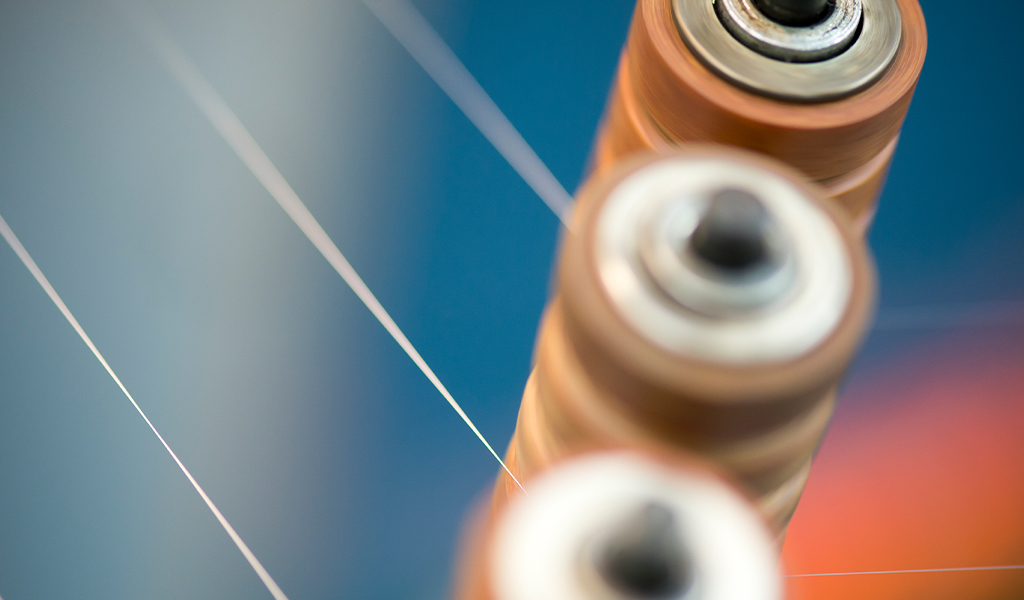How advanced processing is revolutionizing tungsten performance

Fort Wayne Metals is dedicated to pushing the boundaries of materials science, delivering precision-engineered solutions for the world’s most demanding applications. With expertise in advanced wire manufacturing, the company supports industries where performance, reliability, and innovation are paramount.
In this technical blog, Ross Dillion, Lisa Powell, and Dr. Jeremy Schaffer provide insights into the materials, processes, and engineering advancements that drive better outcomes. This post serves as a high-level summary of our technical white paper, distilling key findings and practical applications.
Tungsten is a material known for its exceptional hardness, high melting point, and resistance to wear. These properties make it indispensable in industries like aerospace, robotics, and industrial manufacturing. However, the performance of tungsten depends heavily on how it is processed.
Traditional tungsten processing methods, such as warm working and hot-to-warm drawing, have been effective, but come with limitations. These conventional techniques often result in lower tensile strength, increased brittleness, and an inconsistent microstructure. As industries demand higher performance materials, advanced processing techniques have emerged to significantly enhance tungsten’s mechanical properties.
Advancements in high-strength tungsten processing
Fort Wayne Metals has developed an innovative processing technique that significantly enhances tungsten’s performance. Through a series of mechanical treatments, this method increases the ultimate tensile strength by over 30% while also improving ductility and structural consistency.
Key advantages of this high-strength processed tungsten include:
- Enhanced tensile strength – The material can withstand significantly greater mechanical stress, reaching tensile strengths exceeding 6 GPa.
- Improved ductility – Even at small diameters, this tungsten remains more ductile, reducing the risk of brittle fractures.
- Uniform grain structure – The refined microstructure ensures consistent properties across long material lengths, enhancing reliability in demanding applications.
Comparing high-strength and conventionally processed tungsten
Figures from recent testing illustrate the stark differences between conventional and high-strength processed tungsten. When comparing 25 µm (0.001 in) wire, Fort Wayne Metals’ advanced tungsten exhibited strength improvements from approximately 4 GPa to 5.5 GPa. Additionally, the work energy to fracture—an indicator of material toughness—more than tripled from 40 to 125 mJ/mm³.
Further process refinements and diameter reduction to 12 µm (~0.0005 in) have yielded even more impressive results, with strength reaching nearly 6.8 GPa (1 million psi). These properties suggest significant benefits for applications where structural fatigue performance is critical, such as robotic manipulation.
The future of tungsten in high-performance applications
With its superior mechanical properties, high-strength processed tungsten is set to play a crucial role in next-generation technologies. Fort Wayne Metals continues to push the boundaries of tungsten processing, with ongoing research into structural fatigue durability and total applied performance. As industries evolve, materials like high-strength tungsten will be essential in meeting the increasing demands for reliability and efficiency.
For a comprehensive look at our findings, check out the full whitepaper.
Want to discuss how our materials may support your next innovation? Connect with our team!
Categories: Materials Science, Wire Technology, Research & development, Robotics & aerospace applications, Advanced manufacturing, High-performance materials, Tungsten wire

